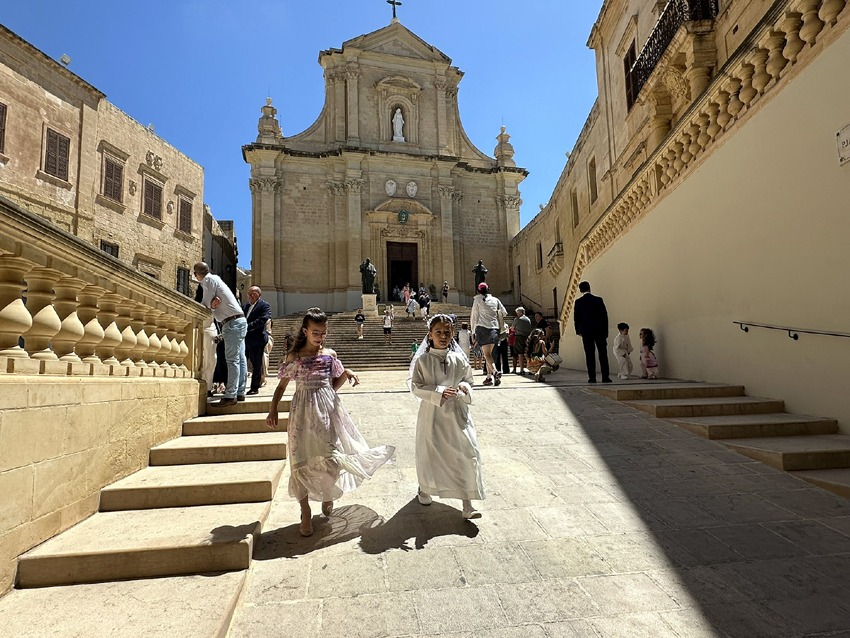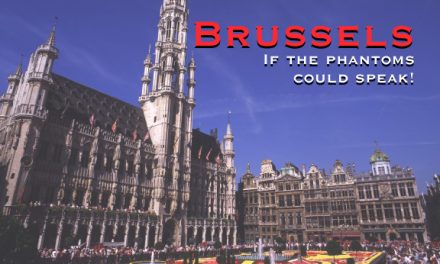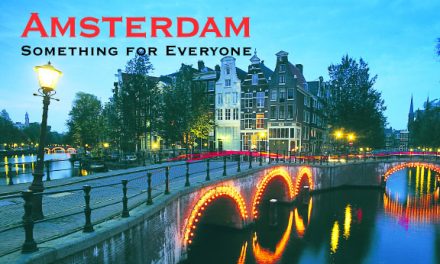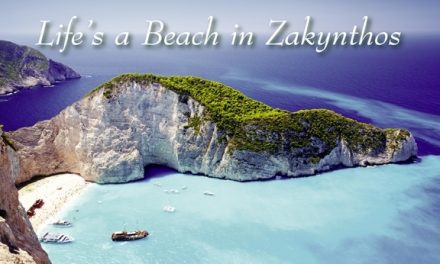Malta
Malta’s Living History
Article and photography by Michael Morcos
From the moment I set foot on Malta, I knew I had arrived somewhere extraordinary. The warm, honey-colored stone of the buildings gleamed beneath the Mediterranean sun, and the breeze carried hints of sea salt and sage. Though small in size, Malta’s history is monumental, shaped by an astonishing array of civilizations—from Neolithic peoples to the Order of the Knights of St. John. As I would discover over my journey, this island is not merely a destination; it’s a living chronicle of the ancient world, lovingly preserved and vibrantly alive.
The Echoes of Time
Malta’s strategic location in the center of the Mediterranean made it a coveted prize for countless empires. The Phoenicians, Romans, Byzantines, Arabs, Normans, and even Napoleon’s French forces have all left their mark here. Yet, perhaps no group shaped Malta more dramatically than the Knights of St. John.
Granted the island in 1530, these warrior monks arrived after being expelled from Rhodes. Their presence transformed Malta into a fortress of Christian Europe, especially during the heroic Great Siege of 1565 when they fended off the Ottoman Empire. Today, their architectural legacy remains proudly on display in bastions, palaces, and cathedrals—none more beautiful than those in Valletta, the capital they built from scratch.
Temples and Megalithic Marvels
I began my exploration far before the Knights, diving into Malta’s prehistoric past with visits to the Tarxien Temples and Borgin-Nadur. The Tarxien complex, dating back over 5,000 years, is a labyrinth of altars, curved walls, and intricate carvings. These ancient stones speak of a sophisticated culture whose religion and rituals still baffle archaeologists. Nearby, at Borg in-Nadur, set against sweeping coastal views, the remains of Bronze Age fortifications whispered of early attempts to defend this fertile island.
Faith, Fortresses, and Footsteps Through Time
Next, I headed to Rabat for a walking tour that felt like time travel. I wandered through quiet alleyways framed by noble townhouses and paused at St. Paul’s Basilica, set within what was once Citta Melite, the Roman administrative center of the island. Nearby, St. Paul’s Catacombs and St. Paul’s Grotto gave a haunting insight into early Christian Malta. These underground burial sites and the small cave where Paul reportedly preached following his shipwreck here made for a humbling visit.
A short walk took me into Mdina, the former capital of Malta and one of the most magical places I’ve ever experienced. Known as the “Silent City,” Mdina is cloaked in a reverent calm that enhances its architectural beauty. I stood in awe at St. Paul’s Cathedral, its elegant Baroque façade a perfect counterpoint to the medieval stone all around. The view from the bastion walls stretched to the sea, offering a glimpse into why so many have fought to control this island.
Of Wine and Honey: Malta’s Rich Terroir
I ventured to Ta’ Qali for a wine tasting at Meridiana Wine Estate. Their award-winning vintages, particularly the velvety Nexus Merlot and the crisp Isis Chardonnay, were exceptional. As I sipped and chatted with the vintners, I felt the deep pride Maltese people have for their land and craft.
Later, I joined a hands-on honey harvesting session with Golden Island Honey Producers, and it was every bit as sweet as it sounds. Clad in a beekeeping suit, I helped extract golden nectar straight from the comb, learning how native flora influences each batch’s flavor. Tasting honey infused with thyme, carob, and wildflowers was a sensory journey in itself.
Fortresses and Faith on the Grand Harbour
The fortified city of Birgu, one of the Three Cities, is home to the impressive Church of St. Lawrence, where the Knights first worshipped. Its interior was a masterpiece of gilded detail and reverent silence. I followed the shoreline to Fort St. Angelo, once the seat of Grand Masters and a bulwark during the Great Siege. Its thick walls and panoramic views over the Grand Harbour brought to life the high-stakes drama that once played out here.
Lunch at Don Berto, right by the water, was the perfect interlude. I savored fresh seabass and caponata, washed down with a glass of Maltese rosé as traditional luzzu boats bobbed in the harbor.
From Olive Groves to Red Towers
In the countryside, I explored the serene Ta’ Xmun Olive Grove, where I learned about Malta’s ancient olive oil production methods. The grove, with its gnarled trees and rustic stone walls, felt like a sacred space. The oil I sampled here was robust and peppery, a testament to Malta’s resilient soil.
Further north, St. Agatha’s Tower, affectionately called the Red Tower, stood sentinel over Mellieħa Bay. This 17th-century fortress offered panoramic views of both Malta and Gozo, and its bold color and strategic location made it a photographer’s dream.
Gozo: Rural Bliss and Timeless Charm
I spent a peaceful day on Gozo, Malta’s smaller sister island. In Victoria, also called Rabat, I explored the towering Citadel, a medieval fortress that seemed to hover above the town. Its winding streets, museums, and bastion walks offered a quiet contrast to Malta’s hustle.
At Qala Belvedere Point, I stood and absorbed the sweeping views of the channel between the islands, the sun dancing off aquamarine waters. Gozo, with its slower pace and rolling hills, felt like the soul of Malta—rural, rooted, and radiant.
Valletta: Malta’s Crown Jewel
Back in Valletta, the city of the Knights, I set out to see its iconic landmarks. At the Upper Barrakka Gardens, I enjoyed views of the Grand Harbour while the midday cannon salute echoed across the bay. It was an elegant introduction to the capital.
Inside St. John’s Co-Cathedral, I found one of the most astonishing churches I’ve ever visited. The floor, inlaid with marble tombstones of knights, the richly gilded interior, and Caravaggio’s dramatic Beheading of Saint John left me speechless.
Lunch at Caffe Cordina, a Valletta institution, included pastizzi and a strong espresso while watching the world go by in Republic Square. Later, I visited Fort St. Elmo, home to the National War Museum, which brought Malta’s turbulent 20th-century history vividly to life.
For dinner, I indulged in modern Maltese cuisine at 59 Republic, where seasonal local ingredients were transformed into artful plates. Each course, from octopus carpaccio to rabbit-stuffed ravioli, celebrated tradition with a contemporary twist.
Home Away From Home
My stay at Talbot & Bons Boutique Bed & Breakfast, nestled near the airport yet delightfully quiet, was the perfect home base. The hosts were gracious, the rooms charming, and the breakfast—complete with local jams and fresh pastries—was the perfect send-off each morning.
Final Reflections
As my time in Malta came to an end, I looked back on a journey that had taken me through temples older than the pyramids, streets once walked by Roman governors and crusading knights, and landscapes shaped by millennia of human endeavor. Malta is a place where past and present hold hands tightly—where every stone tells a story, and every meal, viewpoint, and handshake reveals a piece of its enduring soul.
I left with a heavy heart but a renewed spirit, knowing that Malta, with all its beauty and bravery, had gifted me something unforgettable. It is a place I will cherish forever—and most certainly return to.



































